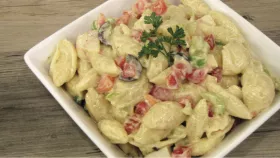Title
All About Food Allergens: Shellfish
(FN1832, Reviewed March 2022)File
Publication File:
FN1832 All About Food Allergens: Shellfish
Summary
This publication deals with food allergies and is intended for the use in parent education programs and by high school teachers.
Availability
Availability:
Web only
Publication Sections




